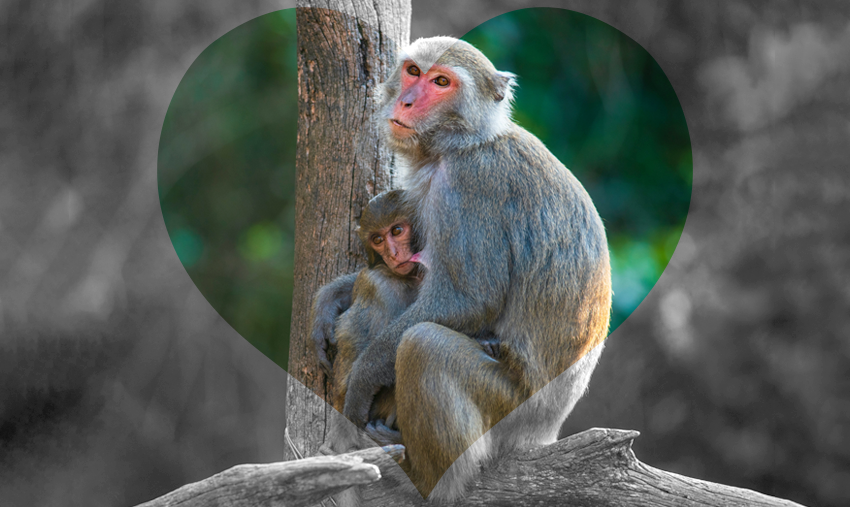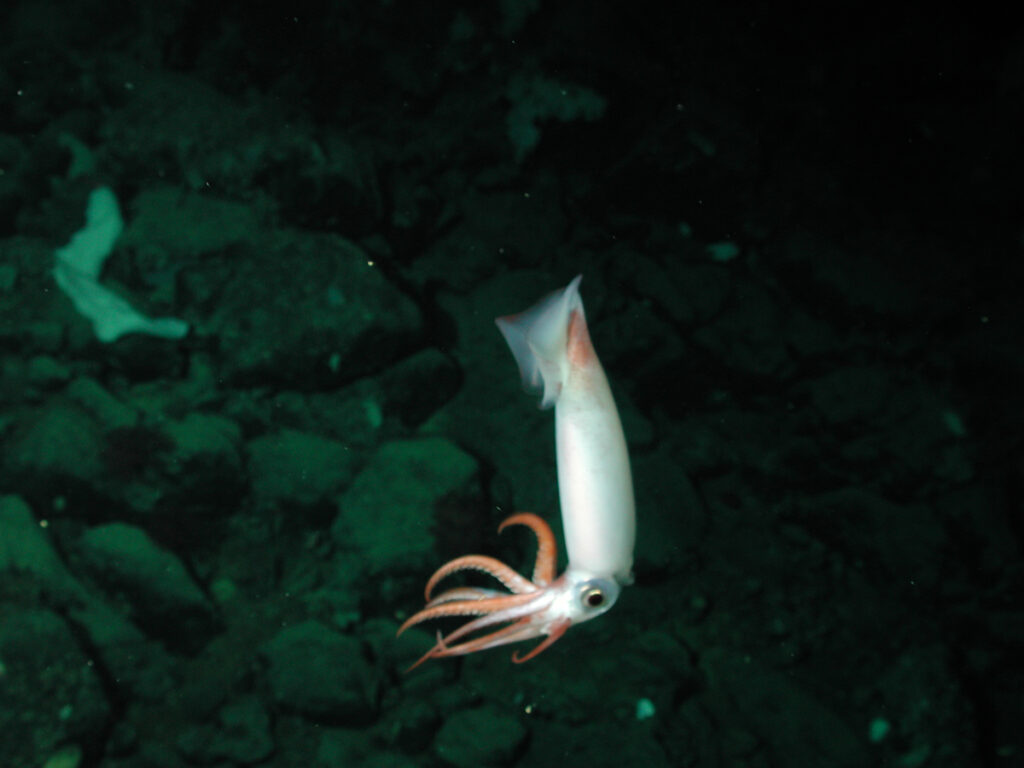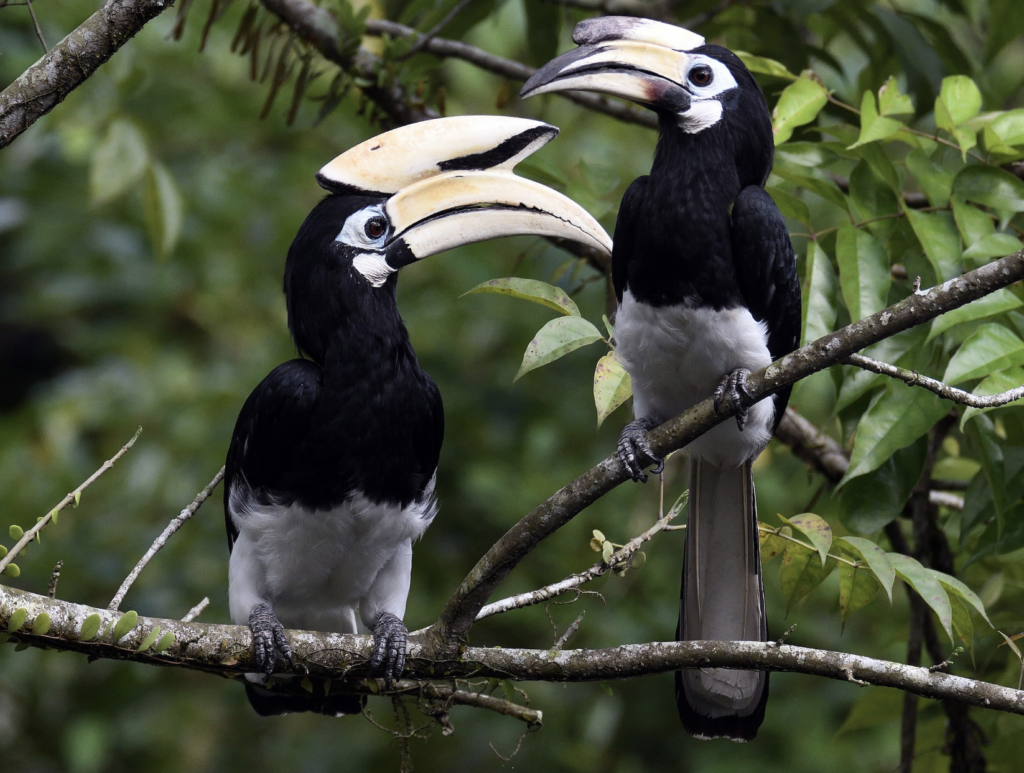Nature and Nurture
Our nominations for the Mama Animal Hall of Fame

We should preface this article by saying we think dads are great. But when it comes to the animal kingdom, it’s the supreme, self-sacrificing mamas who deserve to be put on nature’s pedestal.
Case in point: a recent underwater recording caught a mama black-eyed squid carrying a gelatinous-like sac suspended from hooks on her arms, filled with thousands of her eggs. She will carry the sac in her mouth for several months, completely forgoing food the whole time.

Like most other squid species, the black-eyed squid only breeds once, so mama squid will live long enough to see her babies hatch, and then die. And that’s the best-case scenario: brooding squid are not fast swimmers, leaving them extra-vulnerable to other marine predators before those eggs hatch.
But squids are far from the only maternal self-sacrificers out there. Here are some other animal mothers who leave us in awe at how far they’ll go to raise their young.
Sea Otters
Sea otter mothers are so exhausted by the time a pup is weaned, they often fall victim to “end lactation syndrome,” which renders them unable to survive a small wound or infection.
The baseline energy requirements for a pupless sea otter are already quite high; they spend 20 to 50 percent of their day foraging for food. When a pup is born, the daily energy demands can nearly double – “eating for two” indeed! No wonder the poor mamas wind up sick.
Polar Bears
The demands of polar bear motherhood begin right after mating because of a process called delayed implantation, which means the embryo likely won’t even attach unless she has gorged on enough food to gain a minimum of 440 extra lbs.
After putting on the heft, a mother polar bear builds a cozy maternity den in the snow and stays there throughout the winter. She will birth and nurse her cubs until spring, using all of her fat reserves to feed her cubs, going without any food for up to 8 months. When she emerges after her sacrificial spell in the den, practically starving, she hears the dreaded cry of children everywhere: “I’m hungry!” That’s her cue to hunt enough food for all of them to survive in the unforgiving Arctic.
Oriental Pied Hornbills
The oriental pied hornbills nest in pre-constructed cavities, often holes in trees. But that doesn’t mean there isn’t work to be done. Once her house-shopping is done, she and her partner seal off the cavity with a mixture of mud, fruit, droppings, saliva, and tree bark, leaving only a small opening through which papa hornbill will pass food to her and the chicks (how is there not an HGTV show about this?). To protect the eggs and her young, she doesn’t emerge from this encapsulated nest until the chicks are ready to learn how to fly.

If you’re thinking, “Dad is actually doing all the work here,” clearly you haven’t been cooped up with kids in a small, dark, damp hole for months on end.
Alligators
Alligators may look scary, but they make for tender-hearted mamas. She’ll build a nest for 10-50 eggs using sticks, mud, and plants, instinctively removing and adding material to keep the temperature of the nest just right (between 87 and 93 Fahrenheit).
When the babies hatch, they all get rides into the water—tucked between her toothy jaws, swimming out when she shakes her head. And if eggs haven’t hatched, she oh-so-gently rolls them around in her giant mouth, coaxing them to open. Baby gators will live in the fierce protective aura of mama gator for one to two years; if you threaten one, prepare to see jaws a-blazing.
